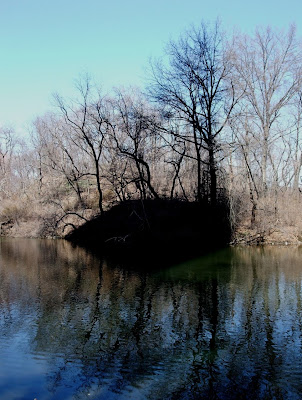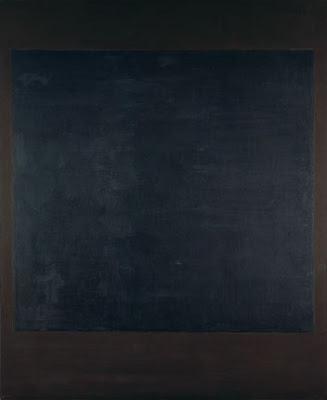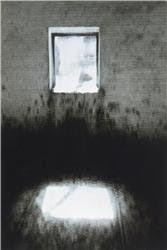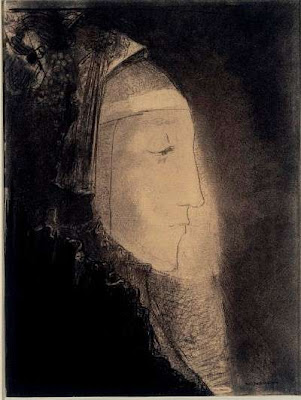 Theatre
Theatre, Oamaru, January 2008, JB
Three ‘dirty words’ all at once: weakness, decoration and monumentality. Yet they are aspirations. Embedded within these terms is the most elegant of art, architecture, landscape. The lithe manoeuvres of Ignasi de Sola-Morales might seem mere semantics as he excavates the arcane brilliance of weakness and its attendants - decoration and monumentality. Sola-Morales's somersaults land deftly, however, delivering at once a cutting critique of the muscularity of modernity and a lyrical vision for a 'way out'.
Weakness first. As a critique of ‘strong’ thought, weakness represents an elusion of the domineering, fundamentalist dogma of modernism. Rooted in the writings of Gianni Vattimo, ‘weakness’ is proposed as a position of ironic strength, a critique of the monolithic nature of modernism. Rather than promoting the schism of subject and object, the most pronounced fall-out of the modern age, potency is found where the subject and object are continuous, are ‘fused’ -- within the work of art -- the most potent apprehension of the ‘aesthetic’.
‘Weak architecture’ is unswervingly ‘aesthetic’ -- which in itself may toll alarm bells. Aesthetic, like decoration and monumentality, has toxic overtones.
Aisthesis simmers under the surface stain of the merely aesthetic, steering a course straight into the heart of the fully sensory and beyond, into the unknown terrain on the other side. Juhani Pallasmaa's weak or 'fragile archtitecture' is “contextual, multi-sensory, and responsive, concerned with experiential interaction and sensual accommodation. This architecture grows gradually, scene by scene, rather than quickly manifesting a simple, domineering concept.” This architecture of ‘humility’ is in marked contrast to the contemporary architecture he criticises as existing in a “climate of arrogance,” with an emphasis on “individual genius” focussed upon the “marketable image”.
And then to decoration. Abhorred by the modernists – Aldolf Loos’s dictum ‘ornament is a crime’ comes to mind – decoration is more than meets the eye. Sola-Morales performs an archaeogical dig and finds 'decorum' within decoration. Not the decorating of things -- not the ‘home décor’ and such -- but that
thing itself, the architecture, the landscape, assumes a position of ‘weakness’ through acknowledging its place as decoration. This is in distinction from those things, those buildings, those thoughts, those narratives, which impose, which are relentless in their monolithic nature. A weak and decorative artwork assumes a position of decorum, of being dignified and considerate in behaviour – what Pallasmaa terms ‘humility’. Accepting a fragility in this way is not the same as acquiescing, but for a work of art, of architecture, it allows for an inhabitation of the work by the mind and the body. This softness, weakness, decorativeness, for a work “may possibly be the condition of its greatest elegance and, ultimately, its greatest significance and import.” (Sola-Morales)
And finally, monumentality. Not the monumentalising that is about setting colossal ideals into stone, the vision of the demiurge, or as Sola-Morales puts it, the
imago Dei. Rather it is a resuscitation of the etymology of the term, to salvage ‘
monitu’, recollection. Evoking Goethe’s words via Heidegger, Sola-Morales infuses the monumental with the sense of that which occurs within, rather than that which is imposed from without: “It is not necessary for the true always to take on material form, it is enough that it should flutter to and fro, like a spirit, promoting a kind of accord; as when the companionable pealing of a bell rings out, bringing us some little measure of peace.” In the artwork it as much the barely imperceptible reverberation that is telling as the impression of a strong visual presence. Monumentality is not about insistence and permanence, but is “bound up with the lingering resonance of poetry after it has been heard, with the recollection of architecture after it has been seen.”
Weakness is a position of strength, in the sense of strength as discipline and humility, rather than imposition and muscularity. The richness of being in place is not in the ‘aggressive and dominating’ but in the ‘tangential and weak’. It is about saying
More with Less, about
The Void, about the leap of faith ...

Shadow/Reflection - for Dan Graham, Central Park, March 2009, JB
See Ignasi de Sola-Morales, 'Weak Architecture' in Differences: Topographies of Contemporary Architecture
Juhani Pallasmaa, 'Architecture of Humility' in Encounters






 Rachel Whiteread, House 1993
Rachel Whiteread, House 1993







 Bill Henson, Paris Opera Project, 1990-91
Bill Henson, Paris Opera Project, 1990-91

 Evening Christchurch, February 2009, JB
Evening Christchurch, February 2009, JB







